JHU’s 21st Century Cities Initiative kicks off conversation series
Originally published on the HUB.
Of all the race-related issues to delve into in Baltimore, redlining isn’t the most immediately provocative.
“It’s not as sexy as the riots,” said 17-year-old activist Makayla Gilliam-Price, who spoke last night at the Motor House in Station North as part of the first of four “Redlining Baltimore” conversations, hosted by Johns Hopkins University and organized by JHU’s 21st Century Cities Initiative. The series brings together academics, activists, and residents to discuss the legacies of discrimination in Baltimore and the future of opportunity and inclusion in the city.
The term “redlining” specifically refers to a federal housing policy, started in the 1930s, that reviewed mortgages based on neighborhood districts—which, in practice, meant denying homeownership opportunities based on race and ethnicity. Over time, the term has come to refer to a variety of discriminatory practices that block services based on race—from credit cards and health insurance, to grocery store access and transportation.
The forum looked at these modern-day expressions of redlining in Baltimore a year after the death of Freddie Gray.




